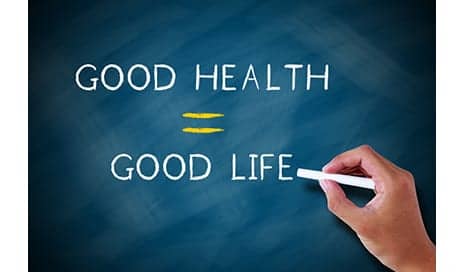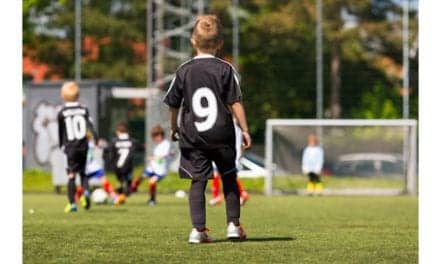The decline in physical education (PE) mandates for middle-school students may be detrimental to their development of the knowledge, interest, and skills that serve as the foundation for a lifelong healthy lifestyle, according to researchers.
In addition, there was a strong correlation between students who participated in frequent, long-term instruction in PE and their meeting of the federal recommendation of at least 60 minutes per day of moderate to vigorous physical activity.
In their study, published in Physical Education and Sport, researchers from Oregon State University’s College of Public Health and Human Sciences asked 459 adolescents, ages 12 to 15, about their physical activity habits.
According to the responses, than one adolescent in five reported no physical education at all; nearly 40% were obese or overweight; and only 26.8% met the federal government’s physical activity guideline, per a media release from Oregon State University.
“Perhaps some were not meeting the guidelines because fewer than 35% actually knew what the guidelines were for their age group,” says study co-author Brad Cardinal, a professor in OSU’s School of Biological and Population Health Sciences and a nationally recognized expert on the benefits of exercise, in the release.
“We have the physical activity guidelines for a reason, and they’re based on good science,” he adds. “With only slightly more than one in four adolescents meeting the guidelines, today’s youth are being shortchanged in terms of their holistic development. They are not being prepared to live the proverbial good life.”
Cardinal stresses the importance of physical education during the adolescent years, noting in the release that experiences in physical education and sports, whether positive or negative, can make or break whether an adolescent chooses to continue a physically active lifestyle.
“In the federal Every Student Succeeds Act, physical education is a core subject, on par with language, math, and science. Its status was elevated for a reason,” Cardinal adds. “If you’re physically active, you’re going to be healthier and stronger and have fewer behavioral problems, and your cognitive function is going to be better.
“Physical education trumps sports in a head-to-head comparison of the two,” he continues, “and when you have physical education plus sports, that’s when you have students who are the healthiest, fittest, strongest and most active.”
[Source(s): Oregon State University, Science Daily]





